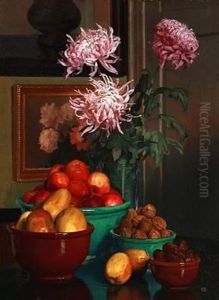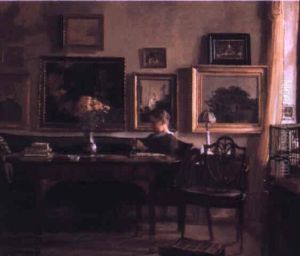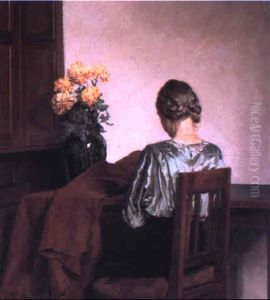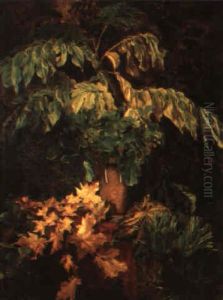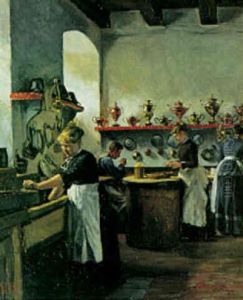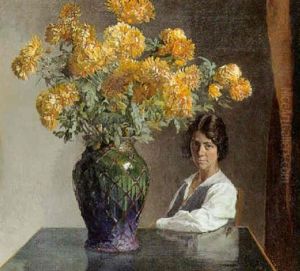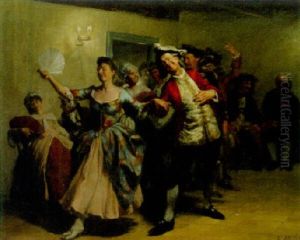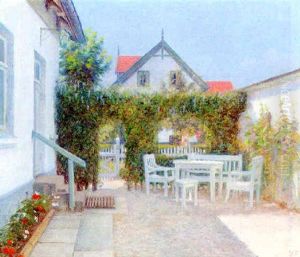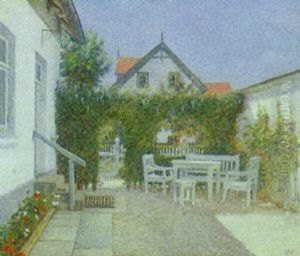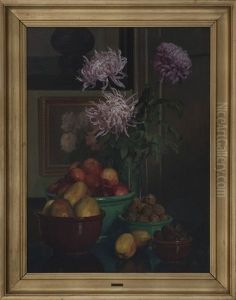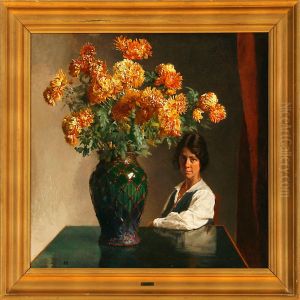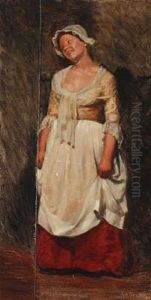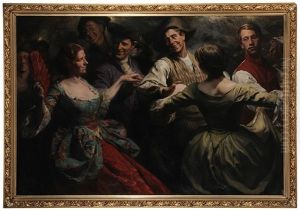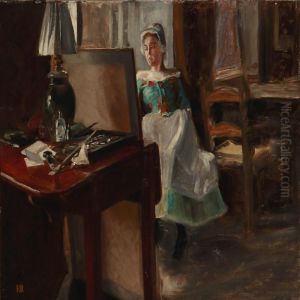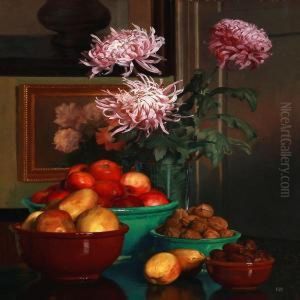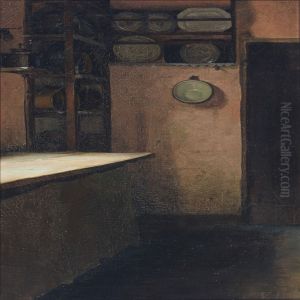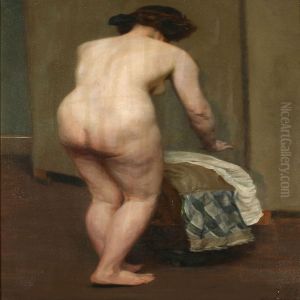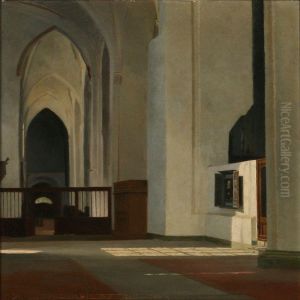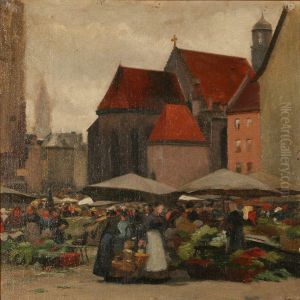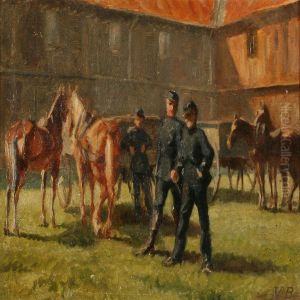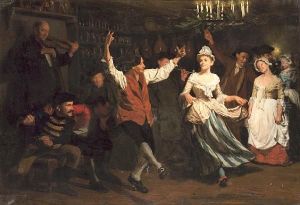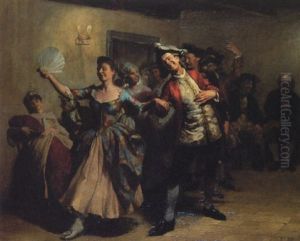Gustav Vilhelm Blom Paintings
Gustav Vilhelm Blom was a Danish artist born in 1879, recognized for his contributions to painting and drawing. Throughout his career, Blom developed a distinct style that was influenced by the broader movements of his time, yet he maintained a unique approach that set his work apart from his contemporaries. His artistic journey reflects the evolution of European art in the early 20th century, as he navigated through various styles and themes, exploring both traditional subjects and more modern, abstract concepts.
Blom's early work was marked by a fascination with naturalism and realism, focusing on the meticulous depiction of landscapes and portraits. However, as his career progressed, he began to experiment with impressionism and post-impressionism, integrating bolder colors and more dynamic brushstrokes into his pieces. This shift reflected not only his personal growth as an artist but also the broader trends in European art, as artists moved away from strict representational forms towards more expressive, subjective interpretations of their subjects.
Despite not achieving the same level of fame as some of his contemporaries, Blom's contribution to Danish art has been acknowledged through various exhibitions and retrospectives that highlight the breadth of his work and his ability to capture the essence of his environment. His paintings and drawings, characterized by their emotional depth and technical proficiency, continue to attract the attention of art historians and collectors, ensuring his place in the annals of European art history.
Blom's later years were dedicated to refining his approach to painting, with a focus on capturing the interplay of light and shadow, a theme that had always intrigued him. He remained active in the art scene until his death in 1963, leaving behind a legacy that continues to inspire and influence Danish art. His life's work stands as a testament to the enduring power of artistic expression and the importance of continual evolution and experimentation in the arts.
